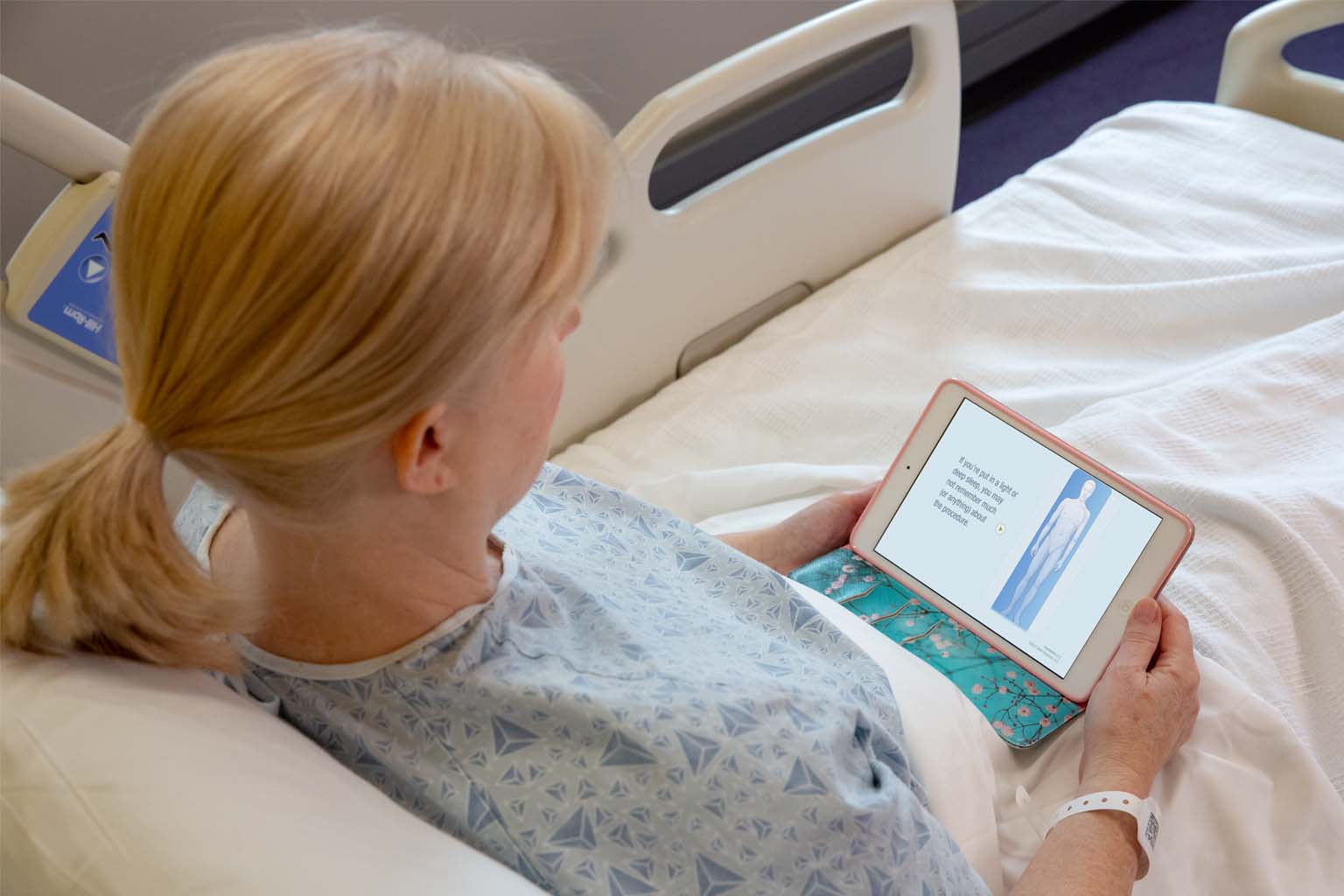As healthcare professionals, you never stop learning. Studying 10-15 hours per week for up to six months prepping for your MCAT, four years in medical school, followed by a number of years in residency and fellowship, you soak up information like a sponge. Throughout this time, you likely identified the most effective way for you to absorb and retain what you learned. Fortunately, continuing medical education (CME) providers recognize this and present a variety of formats to choose from when the time comes to renew your license.
What influences your learning style?
Each of us has a different method of retaining information. When in school, maybe you responded better in a classroom setting than online lectures. Certain environments help retain our attention and keep us more motivated than others and everyone is different. When it comes to learning style, our senses play a big role in determining which bucket we fall into2.
- Visual learners – better understand information when presented visually
- Auditory learners – better understand information when hearing it
- Reading/writing learners – better understand information when writing it out
- Kinesthetic learners – better understand information by actively being involved (touch)
It’s likely that whatever method was most effective then will be a good choice for keeping up with your CME credits.
Selecting CME courses
As you progress throughout your medical career there will be more to consider when it comes to selecting the right CME courses to maintain your license. According to a national survey conducted by Academic Medicine, of U.S. physicians, nurse practitioners, and physician assistants, there are a number of different factors that influence healthcare professionals’ choices of CME activities. The top five of which include:
- Topic relevance
- Content quality and effectiveness
- Availability of CME/MOC credit
- Clinical practice focused
- Cost to attend/complete course
In general, participants preferred online learning over in-person due to the flexibility to learn when they have the time and at their pace, lower cost as compared to live conference, and it limits time spent away from practice.
Types of CME
To qualify for AMA PRA Category 1 Credit™, physicians must be sure to obtain their CME through an accredited CME provider per the American Medical Association1. From that point, there are many different formats offered that qualify including, but not limited to:
- Live activities such as national, regional, or local conferences, workshops or seminars (can attend remotely via teleconference)
- Audio
- Video
- Point-of-care
- Other web-based activities
Effectiveness of web-based CME
Free time is hard to come by so it’s no surprise that online learning has made its way to the top of the list of preferred learning formats for CME. But is it as effective as in-person? According to an evaluation published in Academic Medicine of an online CME provider with multimedia-enhanced learning tutorials, it was found to be effective at “enhancing knowledge, confidence, and self-reported practice change outcomes across a variety of clinical subject matter areas.”
When it comes to online CME, there is no shortage of providers to choose from. While it is critical to meet your state board’s licensing requirements in addition to your area of specialty, you have a variety of ways to go about doing that. From associations to your employer, specialty boards or foundations, and hospitals to independent providers such as AudioDigest and UpToDate – the list is never-ending.
Listen while you learn
While online CME has continued to increase in popularity, so have the different methods of delivery. With a full patient load, there is hardly time to read through all your emails in a day let alone additional medical journals for CME credit. That’s why audio lectures and the use of medical podcasts have also seen a rise in popularity among undergraduate, graduate, and CME learning. Being recognized as a platform that spans all learner levels, there are several CME providers that produce audio lectures for various specialties to meet the healthcare professionals’ needs.
One benefit that medical podcasts seem to offer that other formats do not is the sense of belonging and connectedness to a community of professionals, both for students and practicing physicians3.
The future of CME
So, what does the future hold for CME learning? It’s clear that web-based learning is here to stay, and healthcare professionals’ schedules aren’t opening any time soon.
Whether you enjoy virtually attending seminars you’re unable to make it to in-person, watching content on-demand, reading, and testing in an interactive environment, or listening while you learn, the future for CME continues to grow and change as much as the science of medicine does.




